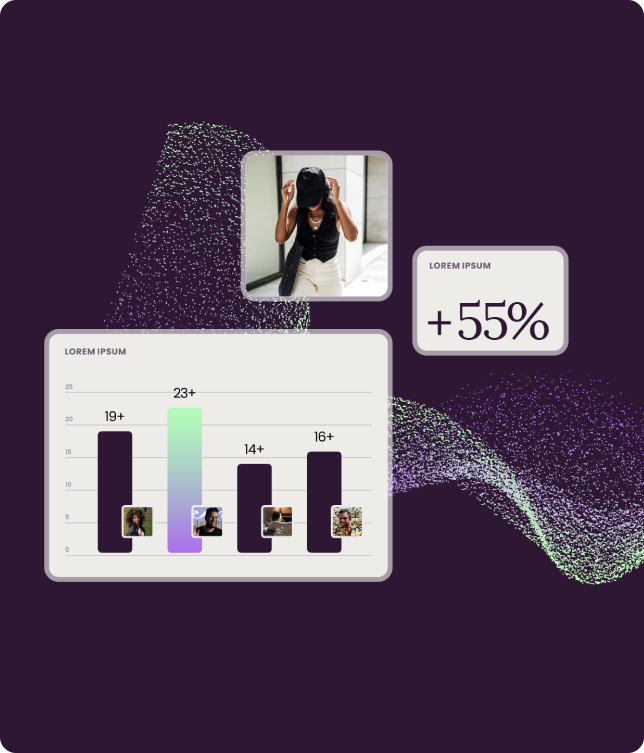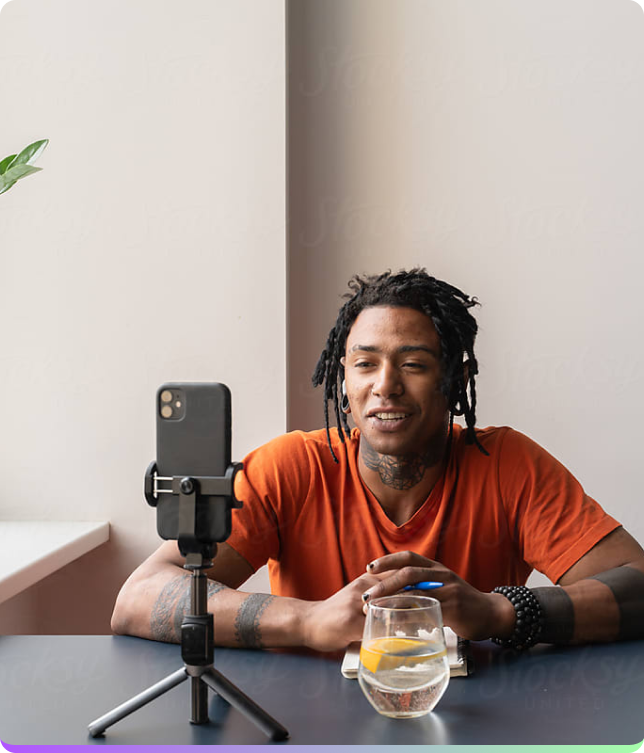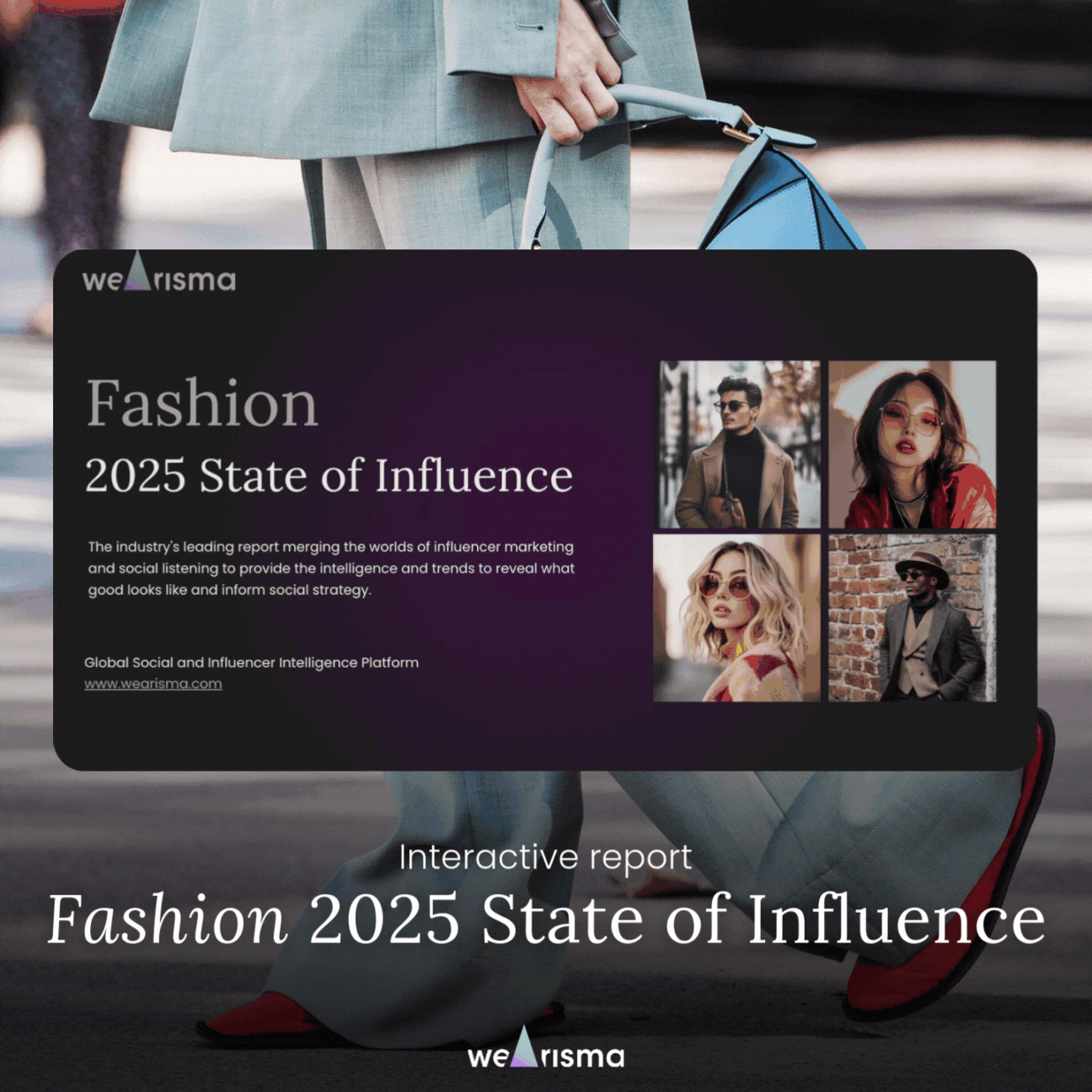As 78% of brands prepare influencer marketing strategies by the end of 2017, focus on long-term relationships rather than short-term campaigns. Assess if you’re committed to sustained partnerships, align with influencers fitting your brand’s identity, and ensure timely compensation to build lasting, impactful connections with your audience.

Published On: March 29, 2017
Originally posted on LinkedIn by Founder & CEO of Wearisma, Jenny Tsai.
78% of brands will have an influencer marketing strategy by the end of 2017. The question is, will this strategy be focused on creating a long-term and lasting impact or not.
With the latest PewDiePie scandal, much is being said about how brands should strategise their influencer relationships. Should influencers have more or less autonomy with their content creation in a paid collaboration? Will too much editorial freedom pose a risk to your brand identity? Should you work with the same group of influencers every time? As a marketer the question should be, “which influencers are the right fit for my brand to build lasting connections with new audiences?”
There are ultimately two models you can follow, that of a ‘one post, one cheque’ or a more long-term ambassadorship approach. Much of this comes from looking beyond just the instincts of look and feel and digging into the data to understand who to partner with. But like any healthy relationship, it has to start somewhere.
“Lorem ipsum dolor sit amet consectetur. Diam platea at tempor ut ut egestas venenatis. Placerat eros eget commodo ut cursus. Enim libero nibh facilisis est. At phasellus mauris ornare posuere consequat. Quam lacus curabitur consectetur amet libero tortor eu volutpat sit. Venenatis eget aenean in enim.”

If you’re a brand, here are a few questions to help you build the right influencer marketing relationships:
Step aside, the ‘one post, one cheque’ model isn’t here to stay. Consumers have lost faith in traditional media models and are changing their behaviour, spending more and more time on social media connecting with “real people” – influencers. Building long-term relationships with influencers is exactly that, a relationship that is beneficial for both parties. A good example is L’Oreal who has taken the lead in the social influencer space, and officially signed on five influencers at the end of last year to kick off their self-proclaimed “Beauty Squad”. These influencers still independently curate their posts for their followers but will also work with L’Oreal to boost their brand affinity with sponsored content.
If you’re in it for the long-haul, like L’Oreal, you’ll get a consistent and authentic buzz all around. And for the influencers, they get to create content inline with their ethos and solidify their social identity and following. Sure, followers will be seeing paid content, with explicit labels like #ad, but it’ll be in context with what they already see. Everyone wins.
Building trusted relationships with consumers never happened overnight. Get influencers on your side to help you nurture the connections.
How well do you know your existing, and future, influencers? Or those who contact you directly for collaboration, gifting? We often hear brands say things like, “I noticed some of the influencers I work with are also working with brands that I’m not so sure fit with my brand identity”. Indeed, when we look at the data, we notice the odd pairings and it is typically a result of a ‘one post, one cheque’ instance. A brand or agency will broadcast a campaign opportunity across to a network of influencers, and influencers will respond based on their interests. Unfortunately, influencers may take a campaign not because the brand is the right fit but simply for the quick cash.
For instance, influencers who mention Aston Martin may have large Instagram followings, however, they pay regular mentions to high street brands like River Island to their followers. Aston Martin and River Island?! Couldn’t be more different. In contrast, we have seen influencers who mention Rolls-Royce also mention Cartier and Dolce Gabbana. It’s not surprising then that in terms of results, there is a direct correlation between influencer’s interests and the engagement (i.e.:number of mentions and likes) for their content. In this example from 2016, influencers whose content contained Rolls-Royce received a 34% higher engagement level than those whose content contained Aston Martin.
I’m sure you’d agree that if you have anomalies in content, it doesn’t increase trust between influencers and their followers and doesn’t reflect well on associated brands either. Data-driven analysis help you find the right communities of followers. Know your audience well, and their audience even better.
It’s a two way street and sometimes it’s just about simple respect and timely payment. Yes, you want to find the right influencers to work with in as little time as possible and at the lowest price point. After all, efficiency is the marketer’s dream. However, it’s not just about you; influencers are people not just another channel. They want to get paid within 30 days after a paid collaboration, which isn’t common occurrence. Sure, the top 1% of influencers can pretty much name their price and can handle the dragged out payment periods. However, the majority of influencers are getting paid much less, sometimes are still getting asked to collaborate for free and do require more steady and timely payments. So if you simply respect their time, appreciate their work and are able to provide reward in a timely manner, you can win over some of the best talent’s loyalty and differentiate your brand from the crowd!
What has worked for your brand in the past? Would love to hear your views.


Keep informed with the latest trends, reports, and case studies from the world of influencer marketing.

Influencer marketing has transformed significantly in recent years, expanding beyond simply identifying social media personalities with substantial followings. Today’s successful campaigns require sophisticated systems that address the entire marketing process, from strategic creator selection through content development to comprehensive performance analysis.

WeArisma’s Fashion 2025 State of Influence Interactive Report – Your Essential Guide to Beauty Brand Success in the Digital Age.
The fashion landscape is evolving. Traditional strategies no longer guarantee success – Resonance, Virality, and Authentic Engagement are beginning to define market leaders.
Our latest Fashion 2025 State of Influence Report uncovers the key shifts shaping the industry and the strategies fueling sustained impact.
Stay up to date with the latest industry trends and topics
Discover how WeArisma can help you harness the power in influence, grow your brand’s presence, and achieve measurable success.
WeArisma combines the power of AI, influencer marketing and social listening to deliver smarter, scalable strategies with real impact.